This site uses cookies to ensure that you get the best experience on our website.
Menu:
Keyword Search
Limit Search to 1 or 2 Words
Browse by Category
Narrows Your Search
Filter the search results from below by selecting a category to limit results to.






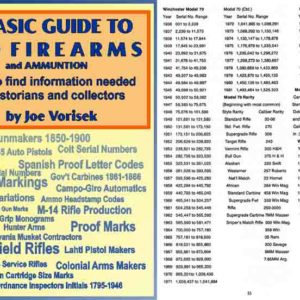





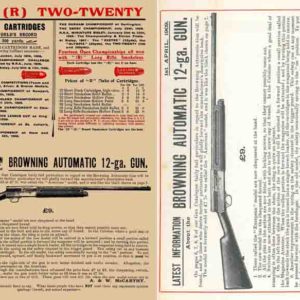
















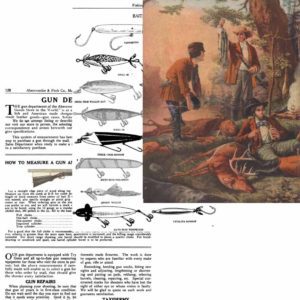










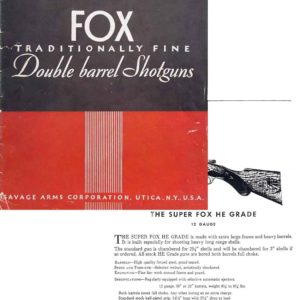





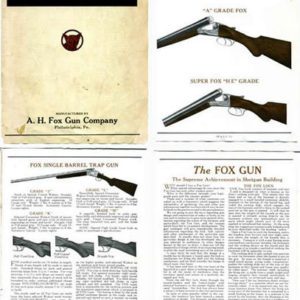










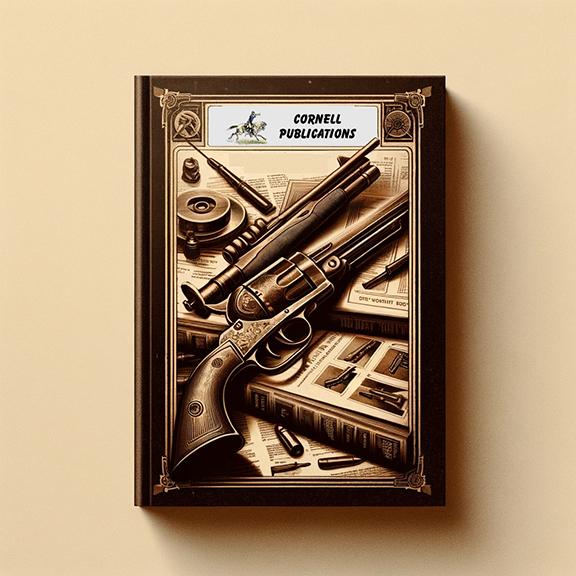







































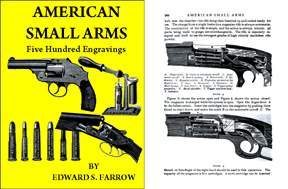































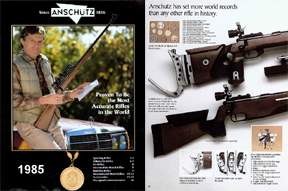



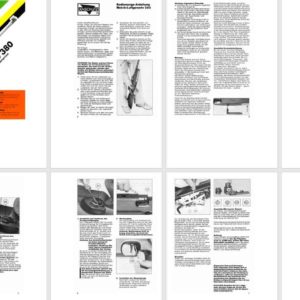
















We do NOT sell GUNS. We do NOT sell PARTS. We do NOT offer GUN VALUES. We do not represent any gun makers or sellers.
© 2003 – 2025 Cornell Publications LLC | All rights reserved
This site uses cookies to ensure that you get the best experience on our website.